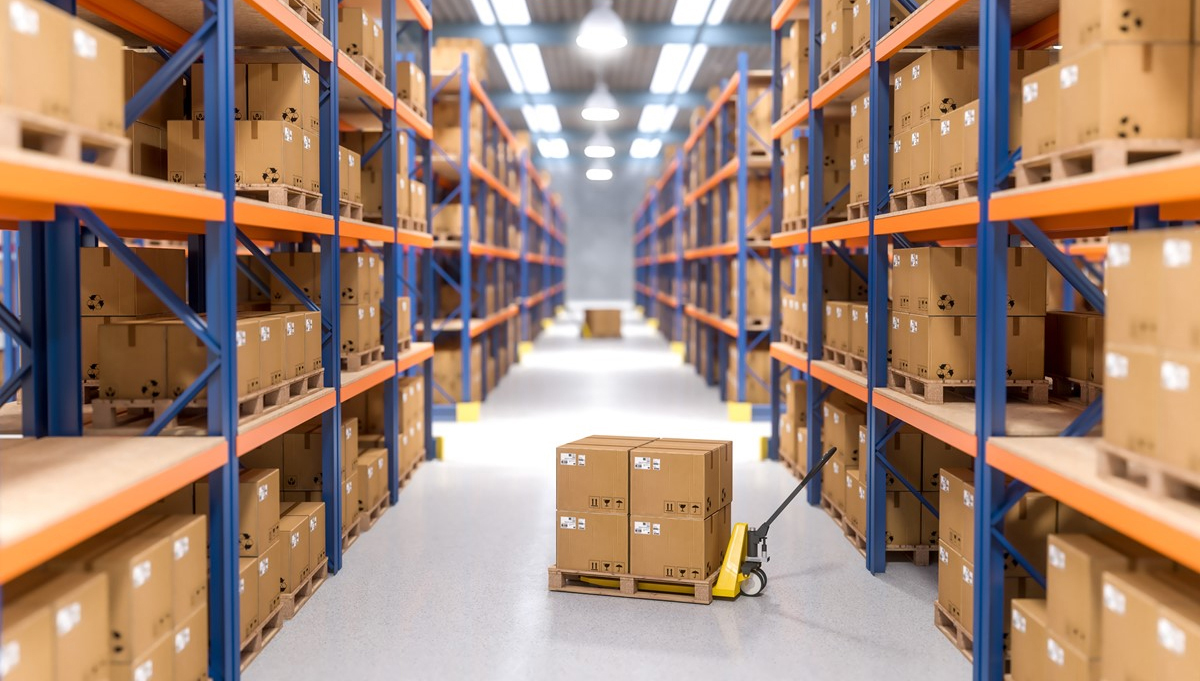Warehousing, in the ever-evolving landscape of global commerce, has undergone a significant transformation. Formerly perceived as mere storage facilities, warehouses now play a pivotal role in shaping the efficiency and effectiveness of supply chains worldwide. This evolution is driven by the growing complexities of modern business and consumer demands, prompting the warehousing industry to adapt and innovate.
Historically, warehouses were primarily viewed as static storage spaces where goods were kept until needed. However, the rise of e-commerce, globalization, and the demand for faster order fulfillment have compelled the warehousing sector to embrace a more dynamic and strategic role in the supply chain.
One of the key trends reshaping warehousing is the integration of technology. Automation, artificial intelligence, and robotics have become integral components, enhancing the efficiency of operations within warehouses. Automated storage and retrieval systems (AS/RS) optimize space utilization and reduce the need for manual labor. This not only speeds up the fulfillment process but also minimizes errors, leading to improved overall accuracy.
Real-time data analytics is another game-changer in warehousing. Advanced software allows for better demand forecasting, inventory management, and order processing. By harnessing the power of data, warehouses can optimize their processes, reduce excess inventory, and respond swiftly to changes in market demand. This level of agility is essential in an environment where consumer expectations continue to rise.
The concept of “smart warehouses” is gaining traction, where interconnected technologies facilitate seamless communication and coordination among different warehouse components. RFID (Radio-Frequency Identification) and IoT (Internet of Things) sensors enable real-time tracking of inventory, providing visibility throughout the supply chain. This transparency not only enhances operational efficiency but also helps in preventing stockouts and overstock situations.
The location of warehouses has also become a critical factor in meeting the demands of the modern supply chain. Strategic placement near transportation hubs or major markets is crucial for reducing lead times and transportation costs. With the rise of e-commerce giants, the concept of urban warehouses or fulfillment centers has gained popularity. These smaller, strategically located facilities enable faster last-mile delivery, meeting the expectations of consumers for quick turnaround times.
Furthermore, sustainability has emerged as a significant consideration in warehousing practices. As businesses become more conscious of their environmental impact, warehouses are implementing eco-friendly measures. This includes the use of energy-efficient technologies, sustainable building materials, and the adoption of green energy sources. Sustainable warehousing not only aligns with corporate social responsibility goals but also addresses the growing environmental concerns of customers.
The evolution of warehousing is not solely driven by technological advancements and environmental considerations but also by the changing dynamics of consumer behavior. The rise of e-commerce has created a demand for faster shipping and greater product variety. Warehouses are now required to handle a broader range of products, including those with specific storage and handling requirements, such as perishable goods or fragile items.
In conclusion, the concept of warehousing has undergone a profound transformation to meet the demands of the modern supply chain. From static storage spaces to dynamic, technologically advanced hubs, warehouses have adapted to become integral components of efficient and responsive supply chains. The continued evolution of warehousing will likely be shaped by emerging technologies, sustainability considerations, and the ever-changing expectations of consumers. As the global marketplace evolves, so too will the role of warehousing in ensuring the seamless flow of goods from manufacturers to consumers.

